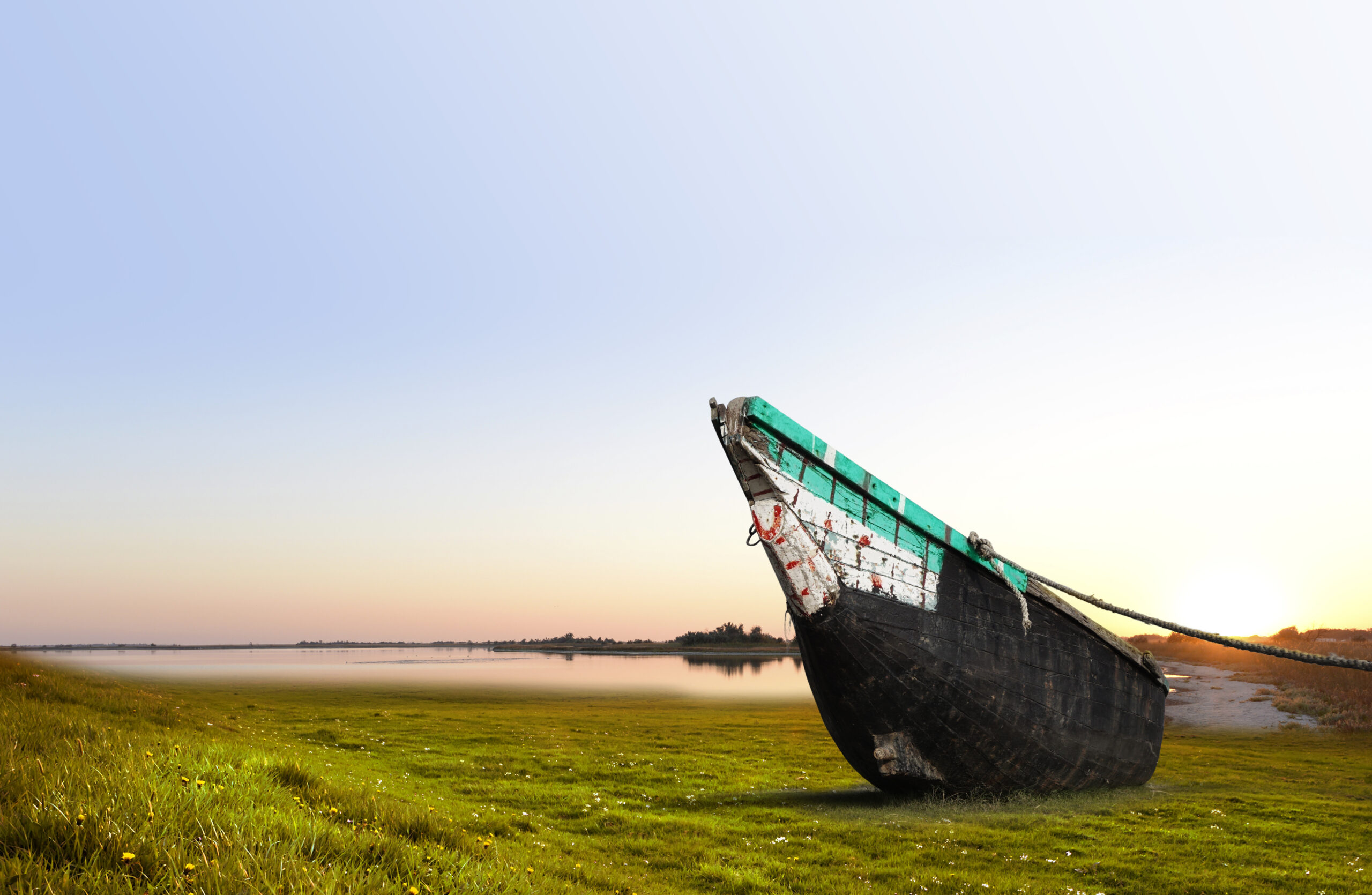The waves do not ask for permission. They come, relentless and merciless, devouring the land where my ancestors roamed. Sandwip, a small island off the coast of Bangladesh, is drowning. The dried mud, hay, and sheet metal huts where my parents spent their childhood now prop on the edges of crumbling riverbanks, their steel plates rusted under the strain of advancing tides.
The graves of our forefathers, stretching under the cool shadow of palm trees, where we prayed in silent remembrance, are now underwater, their grave markers worn away by the relentless currents. The monsoon is unkind to the dead. Yet, those who brewed this storm, the architects of profit and the barons of carbon, sit comfortably in their high towers, toasting to the weather they funded.
Although I was born in New York City, some of my childhood was nurtured by the rhythm of those very tides. Sandwip is not just an island; it is the heart of our heritage, where spirituality and earth are inseparable. My family, as with every family here, has practiced the teachings of Islamic Sufism for generations. Our island throbs with the teachings of love, humility, and oneness with mother nature. Yet now, the exact nature seems revolting against us, controlled by those who dwell in towering skyscrapers above, manipulating the weather as if they’ve burrowed under her skin.
The waters are reclaiming what was ours by right. The floods come farther inland every year, consuming houses, crops, and markets. Cyclones tear through our villages with a fury that leaves behind only scattered debris and pale bodies. The Meghna River, once a source of nourishment, now eats away at the land inch by inch, pushing families inland until there is no place left to flee to.
With each storm, more graves are lost beneath the encroaching water, carrying away the past of the people who tilled this land with their hands, prayers, and sacrifices. Rice fields that once bloomed with rice are poisoned, their fertility vanishing like a memory growing old. The water rises, the land falls back, and the people, my people, cling desperately.
Islamic Sufi Teachings and the Path to Restoration
Despite such destruction, our faith is not inundated. When faced with loss, we look to the teachings of Sufism, which tell us that annihilation is not the end but a simple transformation. If the waters have been taken from us, we must give back to the earth. Sandwip can be healed through the lens of Islamic Sufi teachings: Tawheed, Sabr, and Barakah.
Tawheed (the absolute oneness of God, affirming all creation comes from One God) in Islamic Sufism teaches that nature is not separate from us; it is an extension of the divine. The earth, the trees, the rivers, they are all sacred. To harm them is to harm ourselves. To heal them is an act of worship. Sabr (patience and resilience) refers to our ancestors who built their lives on patience. We do not despair; we adapt, as our ancestors did before us when faced with adversity. We do not fight nature; we learn to move along with it, to yield to its power and to act in cooperation with it. Lastly, barakah (blessings through good works) refer to planting a tree, cleaning a river, and rebuilding what was destroyed. These are not just acts of survival but acts of worship. In Sufism, making the land alive is a path to divine blessings. Below are just a couple of ways to apply Sufi teachings to nature:
- Reforestation and Mangrove Conservation: Trees in our faith represent mercy. Therefore, by reforesting the mangroves along the shores, we can slow the erosion and save homes from the storms. Every tree that we plant is a prayer that we sow into the earth.
- Community-Based Restoration: Sufi teachings also emphasize the need for collective action. We can rebuild what has been devastated, not individually, but as a brotherhood bound together by faith and patriotism, through community-based conservation initiatives.
- Sustainable Agriculture and Water Conservation: Land is tired, maybe, but not dead. With organic farming methods and rainwater harvesting, we can restore its energy as our ancestors did when they first cultivated this island.
- Sacred Protection of Nature: The rivers and trees are not just resources; they are beings of God. By including environmental education in our mosques and madrasas, we can have a generation that will think safeguarding nature is an act of worship.
Sandwip is not just sinking; it is screaming to us. It screams to us for our hands, our prayers, and our actions. Climate change has taken much from us, our homes, our heritage, and even the graves of our fathers, but it has not taken our faith. As long as we hold fast to the teachings of our Sufi forebearers and have faith in the oneness of creation, there is hope.
The waves don’t ask permission, and neither do we. We will rise, we will rebuild, and we will reassert our land, for Sandwip is not a location. It is a spirit, contained within the hearts of the people who refuse to let it be destroyed.



